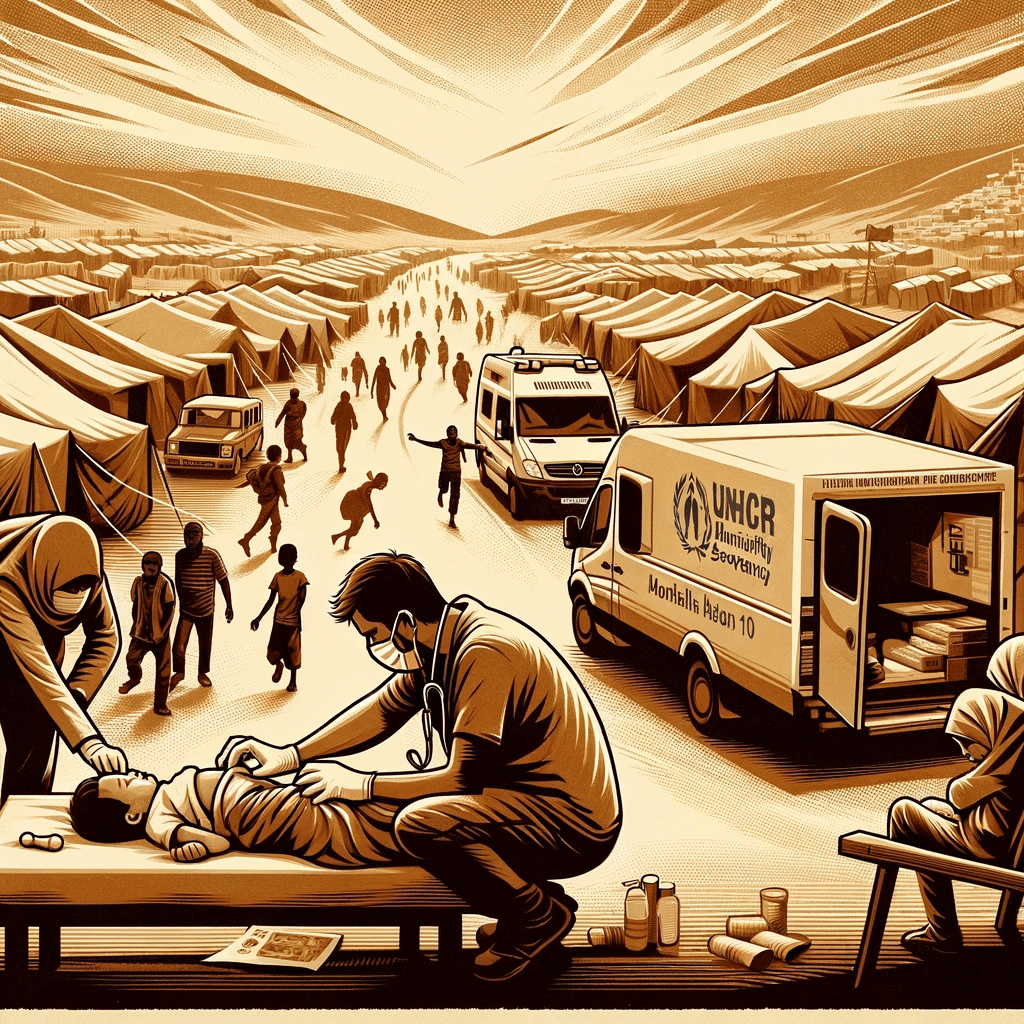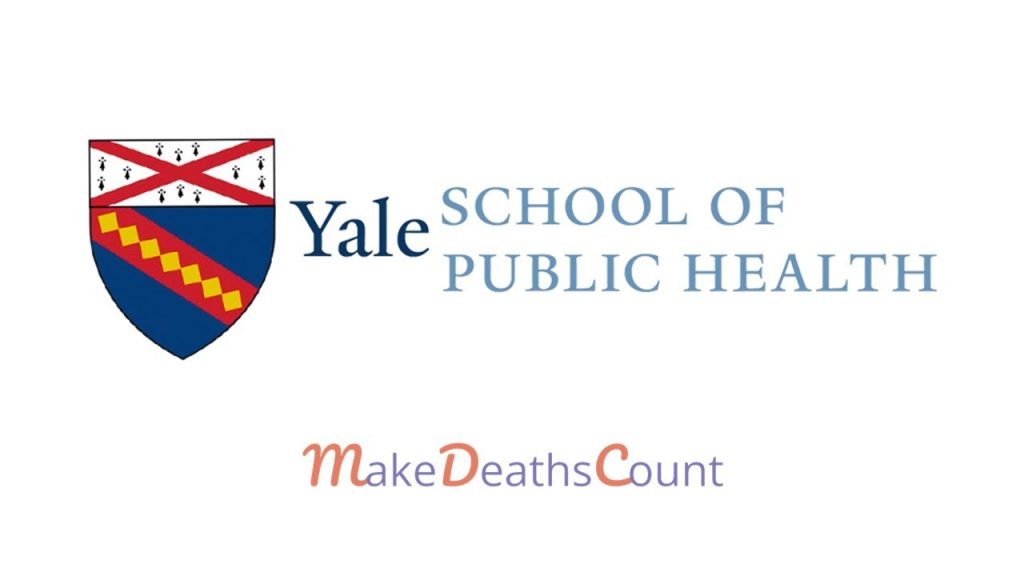
Globally, the number of refugees has steadily increased since 2012, with an estimated 21.3 million refugees under the protection of the United Nations High Commissioner for Refugees (UNHCR) at the end of 20216. Refugees cross internationally recognized borders to flee crises or other circumstances in their countries, a situation that often results in a humanitarian emergency in cases of large and sudden population influxes. UNHCR defines a refugee humanitarian emergency as “any situation in which the life or well-being of refugees will be threatened unless immediate and appropriate action is taken; this demands an extraordinary response and exceptional measures”.
Historically, humanitarian emergencies have significant impacts on the health and well-being of affected refugee populations, generating high number of deaths from both preventable and treatable causes. Refugees are at an elevated risk of death in the period immediately before, during and after displacement, including as they settle in refugee camps, informal settlements, or in host community settings. This elevated mortality risk can be a result of either direct causes (i.e., injury and death due to violence from the crisis), or indirect causes (i.e., deterioration of living conditions, food insecurity, lack of potable water, poor shelter, hygiene and sanitation, and disruption to health care services). In humanitarian emergencies, the health system may be overwhelmed and/or fragmented and its ability to respond may be limited, which exacerbates the potential for excessive loss of life.
Mortality is a critical indicator measuring the overall health of a population in both emergency and non- emergency settings. Thus, conducting mortality surveillance in refugee settings (encompassing acute emergency and post-emergency phases) is essential to measure the public health impact on refugees, estimate the magnitude of needs, monitor the effectiveness of response efforts, and to advocate for additional resources and action. The primary goal of any humanitarian public health response is to reduce excess morbidity and mortality. Monitoring death counts and rates over time and trends in suspected causes assists in evaluating the effectiveness of responses, identifying major causes of excess mortality, and for prioritizing health services. Accurate and timely mortality data in refugee settings is critical throughout the acute emergency and post-emergency phases to guide the humanitarian response and reduce preventable deaths.
Collecting and reporting real-time standardized and continuous mortality data should be a priority at the start of a refugee emergency and throughout its duration. However, collecting mortality data is difficult in humanitarian emergencies where mortality surveillance systems are often multiple and uncoordinated, overlapping, ad hoc, or not timely. In camps and informal settlements supported by UNHCR, the aim is to establish a single, relatively straightforward, and regular mortality surveillance mechanism that can be integrated in a comprehensive health surveillance system. Such a system should be established early in the emergency, and it should be robust enough to provide reliable data, but flexible enough to adapt to the changing emergency and post-emergency landscape.
In refugee settings, mortality data includes data from all sources, health facilities (inclusive of referral hospitals) and the community, inclusive of any site outside a health facility (at home or in transit). In refugee camps or informal settlements supported by UNHCR, mortality data are recorded in a central mortality register, which serves as the primary reporting source for the Integrated Refugee Health Information System (iRHIS). This document provides practical guidance for UNHCR Public Health Officers (PHOs) and partners in conducting mortality surveillance.




